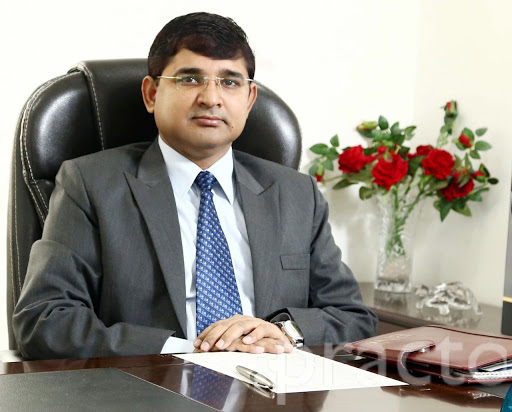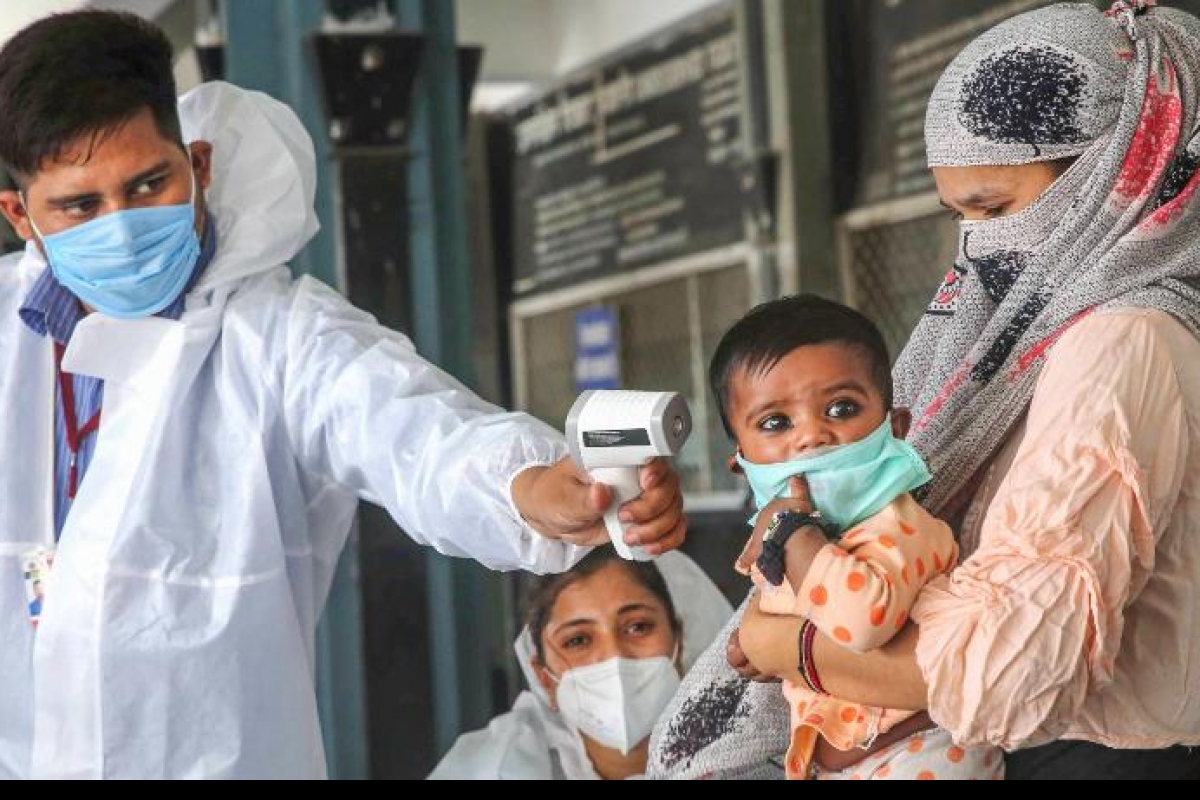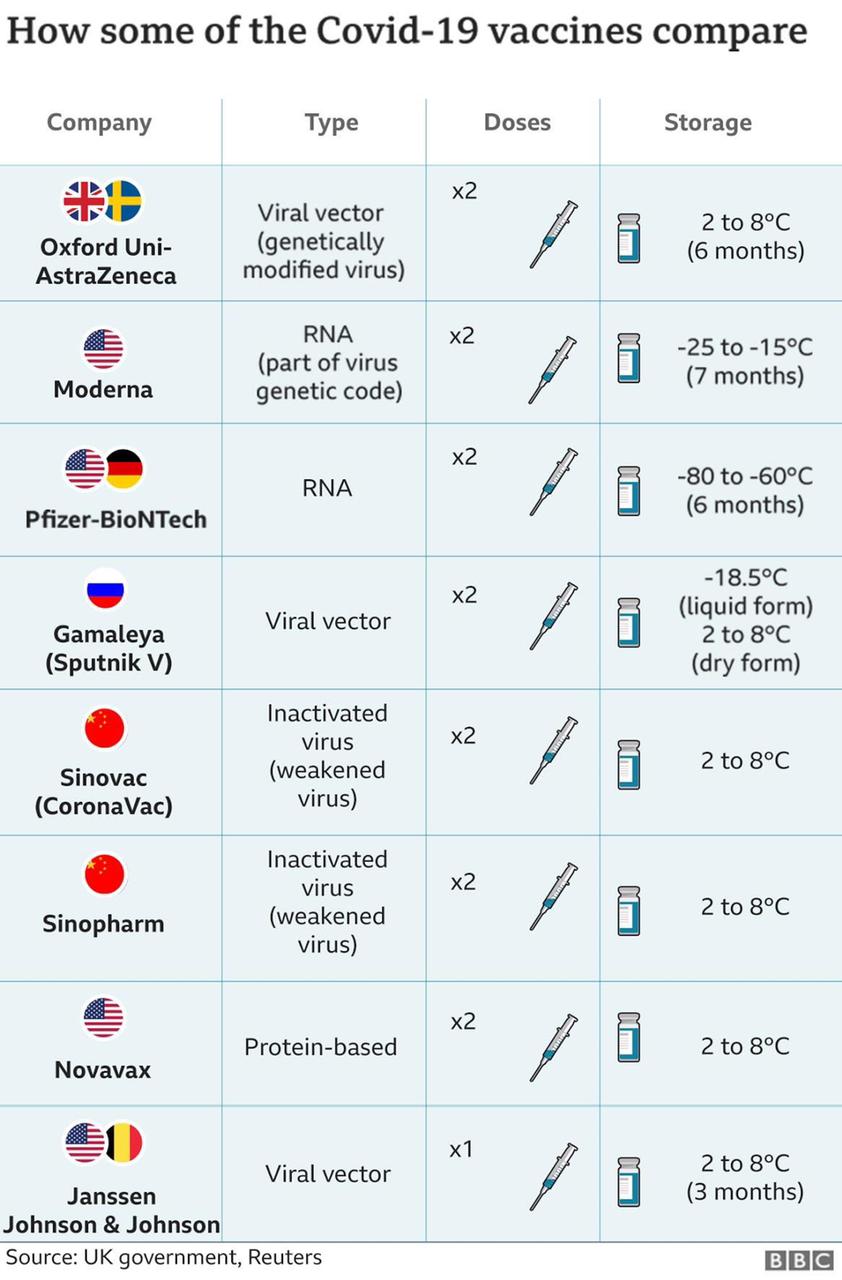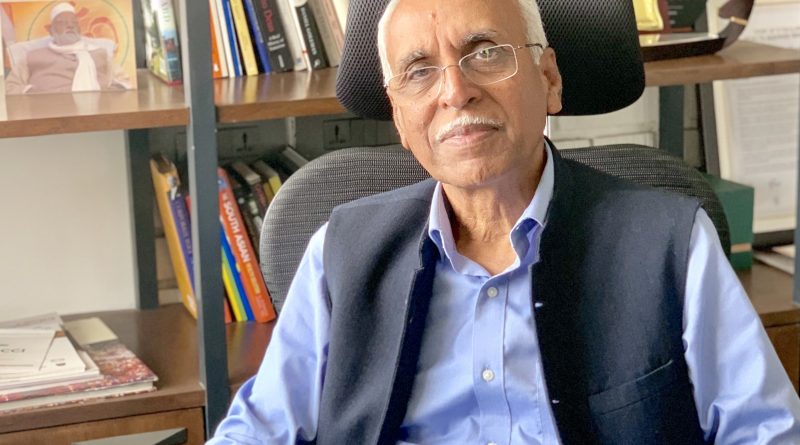How do you analyse the rise in Covid cases in the country?
Dr Vijay Agarwal, President, CAHO
Increase in Covid new active cases from 18000 cases on March 7 to 40000 cases on March 20 is the rather exponential. This is the highest percentage increase in cases since July 2020. Deaths have also increased by 30 percent during this period.
In my view, the increase in cases is throwing up some interesting facts:
- The state of Maharashtra with 8% population of the country is contributing 60 % of total cases.
- Kerala was also a partner in crime with Maharashtra but has done well in reversing the trend during this period.
- Other high prevalence states include Karnataka, Andhra Pradesh, Tamil Nadu, Delhi, UP, West Bengal, Odisha, Rajasthan, Chhattisgarh and Telangana in that order.
What is the case fatality rate?
If hundred people are diagnosed with Covid-19 then how many die will determine the case fatality rate. National average is quite impressive at 1.39 percent. Over a period of time the case fatality rate all over the world has also decreased because of better understanding of the virus and the disease treatment protocols. However the State like Punjab has a very high fatality rate in India at 3.15%. It is indeed disturbing and that needs to be probed. Kerala on the other hand as case fatality rate 0.4 percent which is much lower than the national average.
What should be the approach to tackle this “second wave”?
Dr Vijay Agarwal, said, “We should concentrate and study the variations in various sates especially Maharashtra, Kerala and Punjab. The role of mutant strains needs to be established. Vaccination is covering presently a very small percentage of our country’s population. This needs to be accelerated and the interval between the two doses can be even 8 to 12 weeks based on supply logistics. Vaccination will remain the mainstay for controlling the second wave besides people wearing masks appropriately and observing hygiene. There should be uniform rules regarding social gatherings across a state or whole country. We should discourage imposing “lockdowns”.

Dr D K Gupta, CMD, Felix Hospital, Noida (UP), said, “The poor adherence to safety protocols is driving the surge. India’s Covid-19 cases are rising because people are no longer following Covid-appropriate behaviour. Many people feel that Covid 19 is over. They attend social gatherings, social events and do not follow physical distancing. These huge crowds become super spreading events of Covid cases. We still have 75 percent susceptible populations. They don’t have antibodies. Virus is still around. Any social gathering can lead to spurt in the population.

Emergence of more infectious variants of corona virus could be another reason. Samples are being taken from clusters to look for variants and so far, there is no data to suggest the variants are more dangerous or that vaccines won’t work against them. There are 10 centers in India looking for genome sequencing. At present, 3 variants have been found from Brazil, UK and South Africa. These centers are looking for variants from random sampling and cluster study. Since this virus will continue to mutate, our main concern is – Is this variant of clinical significance? Is it more virulent? Will it have an immune escape mechanism against the vaccine efficiency?
Dr D K Gupta says that as of now, there is no data for more severe infection caused by mutant virus or vaccine not working. The poor levels/protocol for testing so far; this has allowed those with infections to remain undetected and go around spreading the disease. India need to increase the pace of vaccinates more vaccination centers in urban and rural areas. Supply of vaccine is also a key point here. Bharat Biotech Interim data shows 81 % efficacy. Vaccine will help in combating number of cases.

The emergences of new variants of the novel corona virus (SARS-CoV-2) have set off alarm bells across the world, including India. The researchers stress the importance of genome sequencing to gauge the impact of the new mutant variants. Genome sequencing is an exercise that studies changes in the structure of the virus over time. A combination of changes (mutations) in the ribonucleic acid of the virus can give birth to a new variant. The exercise is carried out only on samples that have tested positive for the virus.
Other countries kicked off the exercise right at the beginning of the pandemic. Given India’s significant caseload, it should have jumped on to the bandwagon quickly as well. A simple calculation, however, shows India registered 1,022,335 new Covid-19-positive cases during December, 2020-March 2021. At five per cent, the total number of sampled cases collected for sequencing should be 51,117 for the period.
 Increase Speed of Vaccination.
Increase Speed of Vaccination.
According to Dr Ravi Wankhedkar , Past National President, Indian Medical Association, we need to urgently rework the vaccination strategy & encourage “vaccination on demand” to eligible people, high risk people, frontline workers in all fields & those interacting with large numbers everyday & exposed to risk of infection.
Fortunately India is having more than adequate vaccine production capacity. Involve private health sector to increase reach of vaccination and decrease vaccine hesitancy. Allow companies, organizations, firms etc to vaccinate their workforce. Seven percent of districts in India have nearly 60% cases. Massive vaccination drive should be undertaken in these districts in a mission mode. Instead of generalised lockdowns speedy massive vaccination along with effective disease surveillance should be urgently implemented.

